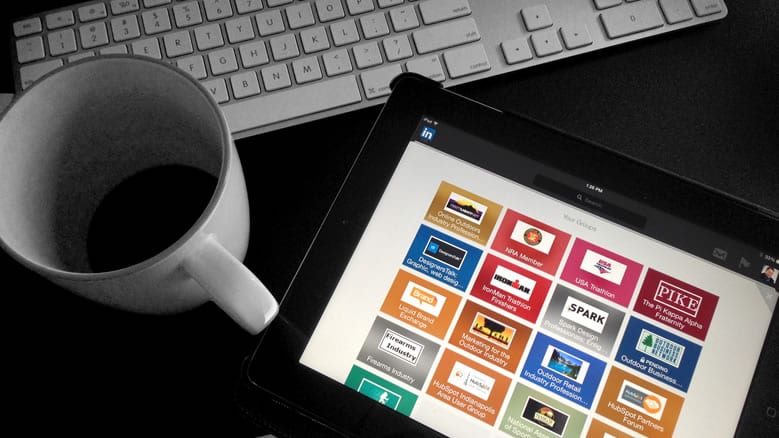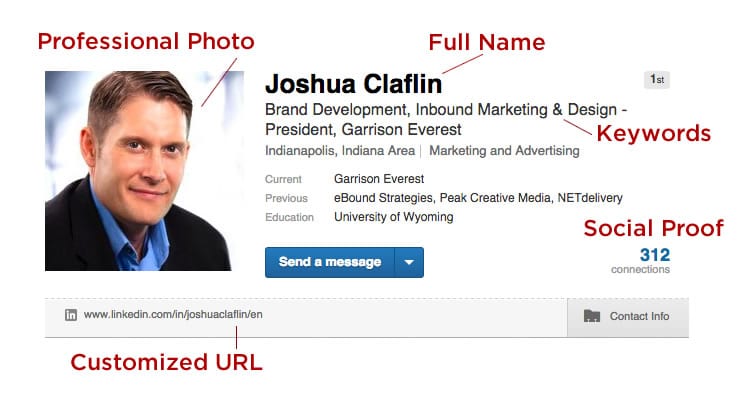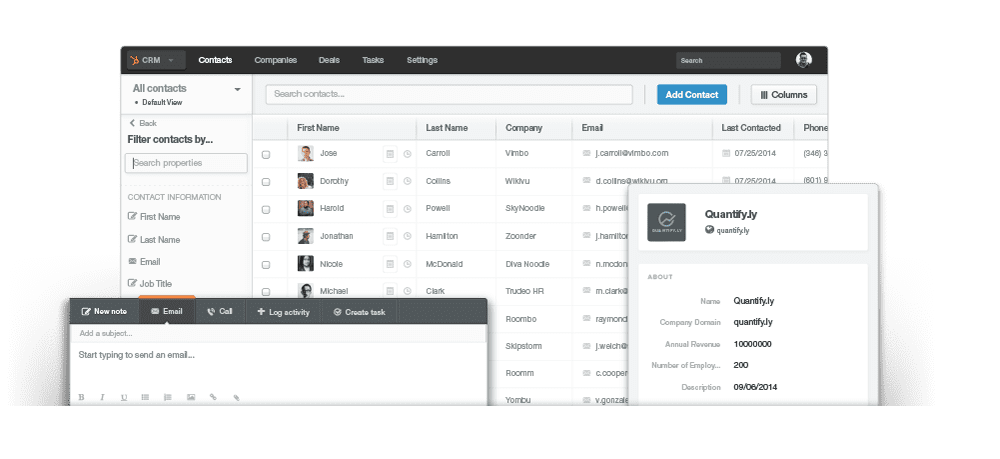
There are almost 2 billion users on Facebook, that’s billion with a “B.” As a firearm manufacturer, you can’t pay-advertise to any of them—nope, zip, nada. And to make matters worse, with Facebook’s new algorithm—only 2% of your audience will ever see the posts you upload.
If you’ve looked at the rules or supposed “guidelines,” they can leave you scratching your head when it comes to firearm advertising. Even I admit, there isn’t a clear understanding of what you can and can’t do. Can you advertise optics if they are on an AR? What about safes with firearms in them? Apps? I’ve reached out to Facebook with these questions and scoured other’s request to no avail. So in this article, I want to give you a few safe and simple “organic” alternatives on how to build your Facebook audience without getting your account suspended.
Why you shouldn’t ignore Facebook.
Right now, we are in a moment in time where brands made today through digital channels will be around for the next 50-100 years. It’s been deemed by some in digital marketing circles as the “second golden age of advertising,” because of advertisers’ ability to accurately target millions of prospective customers with a high degree of detail and precision for low-cost. On Facebook, if you don’t sell firearms or ammo, you can potentially reach thousands of potential customers for only a $20 boost.
According to Gary Vaynerchuk of Vayner Media, most Fortune 500 brands have yet to figure this out, exemplified by their continuous spend on traditional mass media tactics like print and T.V. But this will all soon change as they figure out that digital offers a better way to advertise to their target audiences for greater effectiveness. You’ll start to see Facebook advertising costs go through the roof just like they did with Google PPC.
So with a goldmine of potential customers on the line, and like a dog trying to get at a woodchuck in the woodpile—how can you harness Facebook to build your brand, audience, drive contacts and customers to your website or dealers if you’re in the firearms industry?
1. Build your followers through email marketing
If your firearm or hunting website is not asking your visitors to signup for your newsletter, special offers or promotions, you’re potentially losing out on an opportunity to build a viable email marketing list as well as add followers to your Facebook page. In every email you send, you should be incentivizing or asking your subscribers to follow you on Facebook, YouTube, Twitter, Instagram, and the burgeoning network SnapChat.
2. Harness Twitter
Twitter is probably the easiest network to build. All you have to do is tweet—and tweet often. Tweet out your photography, videos and blog posts 5-10x a day using hashtags like #firearms, #optics, #hunting or other content specific tags based on your customer’s interests for people to find you. When you receive a new follower, follow them back and ask them to follow you on Facebook. It’s amazing how fast you can build your network just through this tactic alone. Stag Arms is a prime example on how to use Twitter.
3. Incentivize User-Generated Content
Probably the most useful tactic in digital marketing is to instigate user-generated content (UGC) from your current followers. A study by Reevoo found that “70% of consumers place peer recommendations and reviews above professionally-written content.”
Prospective customers are much more likely to buy from you when they see others using and promoting your product—especially if you’re trying to reach Millennials. This act of “customer-submitted” content is highly shareable and credible. By getting your followers to generate videos and then share your posts with their network on Facebook, you have the potential to exponentially grow your following.
When you have followers that comment, like and share your content, reward them in some way, so they keep doing it. People share content based on their interests, what they want the world to know about them and sometimes to make them look smarter or better in some way. You may want to send them a coupon, patch or something else to show them your appreciation. You can potentially build an entire UGC marketing program on this strategy alone.
4. Content via Blogs/Videos
If you’re not engaging in some form of content marketing, you’re missing out on adding real value to your followers and a chance to build trust and start a dialog with your followers—not to mention tapping into rich organic search traffic to attract even more fans. When writing your blog posts or videos, add social signals to the top of your blog posts to help readers share. Answer questions directly on Facebook and use it as a virtual department store.
Mark Zuckerburg, Facebook’s Founder and CEO, who is rumored to be somewhat a hunter, because he “prefers only to eat meat he kills”—predicts by 2020 90% of content online will be video. If you haven’t begun experimenting with video, you’re already falling behind. 4X as many consumers would prefer to watch a video about a product than to read about it. (Source: Animoto)
5. Tap Small to Medium Industry Blogger Audiences and Influencers
Another overlooked aspect of the firearm industry is partnering with blogging sites with small to medium sized audiences. By submitting guest (or paid) posts commonly known as native advertising and getting these publishers to share your content with their audiences, you can potentially reach a larger audience.
And you can always take the influencer route where you can compensate popular industry shows like 4GuysGuns, The Gun Collective, IraqVet8888 and Hickok45 to share your content as well—either as an ad, review or video reel highlight.
It’s not easy to market in the firearms industry, and it will take more creativity, ingenuity and the adoption of other up and coming platforms and alternative “gun-specific” social networks to reach your prospective customers. Things are constantly changing, but one thing is for certain—Facebook is not going away anytime soon.
Contact us for a free digital marketing consultation and how we can help you be more effective on social media.









